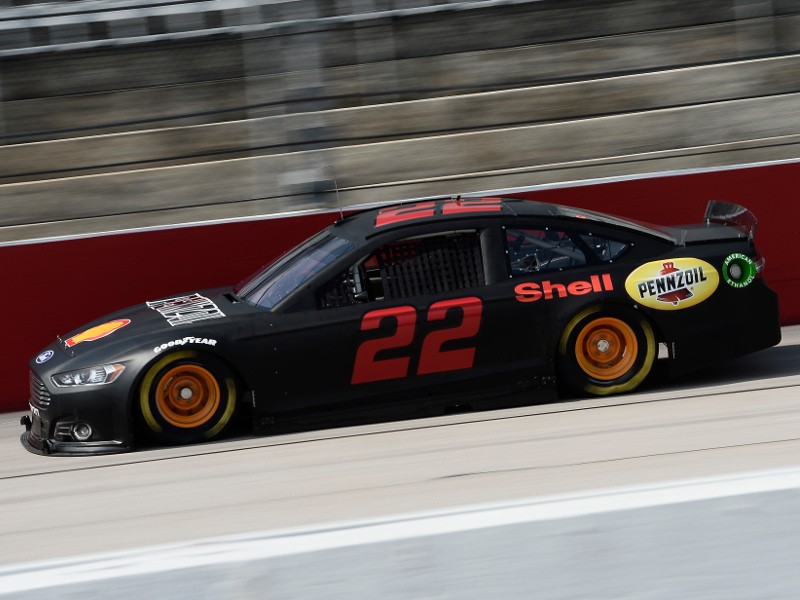Confirming what had been widely discussed this past weekend at Michigan, NASCAR announced on Tuesday it will implement significant changes to the current NASCAR Sprint Cup Series rules package for the July 11 Quaker State 400 at Kentucky Speedway.
Specifically, the rear spoiler will be shortened from six inches to three and a half inches, the front splitter overhang will be shortened by 1 3/4 inches and the splitter extension panel will be decreased from 38 to 25 inches wide.
The net result will be a lower-downforce package that will be offset to some extent by a Goodyear tire combination that provides more mechanical grip than did last year’s Kentucky tire. Because of the time frame for implementation of the new rules package, which at this point is for Kentucky only, Goodyear did not have an opportunity to test a tire combination with NASCAR’s new specifications.
Race teams, however, will have extended practice time on Wednesday, July 8 in order to fine-tune the new competition package.
“We’ve probably been too steadfast about our rules packages being an annual component to the sport, and that’s really not accurate,” said Steve O’Donnell, NASCAR executive vice president and chief racing development officer, during a conference call with reporters on Tuesday. “If you look at where we’ve been, we’ve actually had several different elements of rules for many of our events, whether that’s tire combinations, drive train configurations, engine specs, aerodynamics.
“Look no further than, as we head out to Sonoma, Daytona and then Kentucky, you’ve got a road course, superspeedway rules package and then we’ll head into Kentucky as well. I think, when you look at the industry as a whole, we feel like we’re as nimble an industry as we’ve ever been, with the ability to evolve almost in real time, and I think that’s great news for the fans.”
O’Donnell indicated the Kentucky rules package changes occurred after extensive input from drivers, race teams and manufacturers. He also stressed that the changes are part of the evolution of the sport, not a reversal of existing rules.
“This is not an abandonment of any rules package,” O’Donnell said. “There’s many positives we’ve seen out of our current rules that shouldn’t be dismissed, but we’re constantly working on all areas of competition, and we’ll never consider the racing package final, because we’ve been vocal and will continue to be vocal about our commitment to continuing to improve the racing.”
Asked about the potential changes last weekend at Michigan, driver Carl Edwards, long a proponent of reduced downforce, was enthusiastic.
“I’d be in favor of anything that makes the cars able to race around each other and to put more of the speed into the drivers’ hands,” Edwards said. “I know NASCAR is all for the same thing. Everybody wants this thing to be the best possible show for the fans and I don’t think NASCAR is scared to make changes.
“I think it’s really cool that they’ve been talking with the drivers more, they’ve been more involved with it. … I think we’re heading in the right direction.”
Whether the Kentucky changes are incorporated elsewhere will depend on what happens in the Quaker State 400.
“We’ve been very, very vigilant in talking about tighter racing,” O’Donnell said. “I think we’ve achieved that in terms of first to 43rd. You see that those teams are closer than ever, but we certainly want to see more lead changes on the race track.
“We’ll evaluate not only that but a number of different factors coming out of Kentucky and see what we can learn and potentially what we can implement down the road.”









